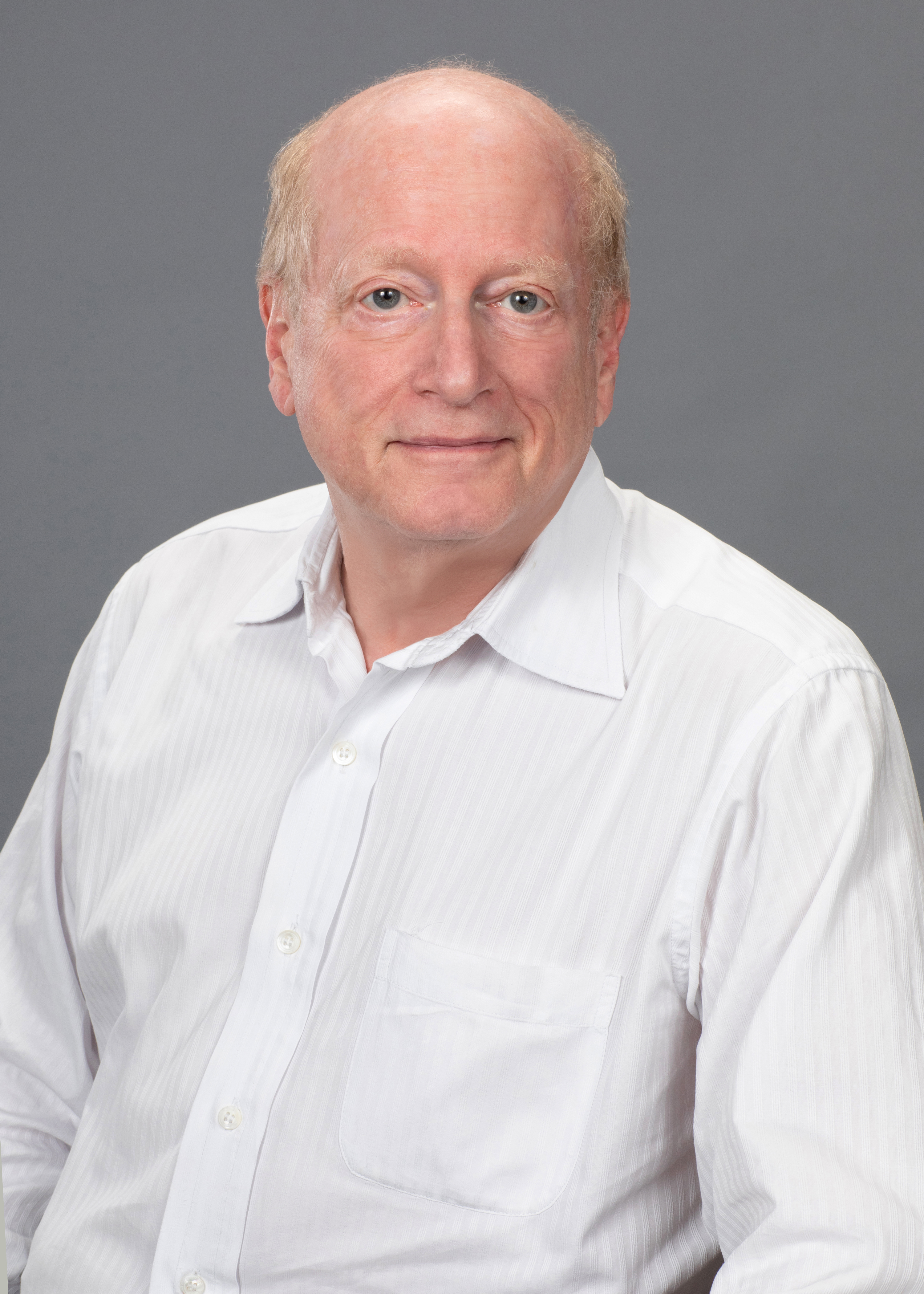Written by guest blogger Mark Tushnet.
My recent article Institutions Protecting Constitutional Democracy: Some Conceptual and Methodological Preliminaries, 70 University of Toronto Law Journal 95 (2020), is a first installment of a larger project that I sketch in this blog post.
A tradition of separation of powers derived from Montesquieu leads us to think that all governments have three and only three functions—legislating, executing the laws, and resolving disputes over what the law is. In that tradition each function is performed by a distinct branch: the legislature, the executive, and the courts. Modern constitutional theory acknowledges that some mixing of functions can occur, particularly in administrative agencies, but the tripartite scheme retains its hold. The division of powers would be preserved, according to James Madison, by self-interested competition among the branches, each one alert to incursions on its prerogatives.
In the first decades of the last century constitutional theorist Hans Kelsen noted that the rise of party-based governance required that we acknowledge a fourth function of government—preserving the constitution itself—because in some configurations of party power the interests of the legislature and the executive would coincide rather than conflict. To address that difficulty we needed a new institution—a constitutional court—to serve as what he called the guardian of the constitution. His great adversary Carl Schmitt countered that a national president, elected “above parties,” could do the job. Kelsen won the argument, vindicated by a combination of the politicizing of the presidency with its transformation in some nations into a purely ceremonial role. In my work-in-progress I call this the theoretical argument for a fourth branch.
What Lorraine Weinrib of the University of Toronto Law School calls the post-WW II paradigm of constitutionalism accepted Kelsen’s vision, expanding it to include a judicial role in protecting fundamental constitutional rights as well as the separation of powers. Near the end of the last century constitutional designers began to think that the task of protecting the constitution placed too many burdens on the courts, and sometimes the wrong ones. Building upon statutory precedents they began to give constitutional status to what the Constitution of South Africa calls institutions protecting constitutional democracy.
The functional justification, as I call it, for these institutions, is this: Protecting democracy requires ensuring that elections are reasonably free and fair, and that the government is not pervaded by a corruption that undermines the citizenry’s confidence that their votes are meaningful. Courts can sometimes do some of this work, but there are risks: Courts supervising elections can get caught up in highly political controversies and diminish their ability to present themselves as impartial adjudicators of highly contentious constitutional issues; rooting out corruption sometimes requires the deployment of expertise and political sensitivity that courts might lack. Legal philosopher Lon Fuller offered a theoretical account of the risks to governance of giving the courts the job of resolving what he called polycentric disputes, and at least some of the problems associated with protecting constitutional democracy are roughly polycentric in Fuller’s sense.
The solution was to create specialized institutions – electoral commissions and specialized agencies for investigating and prosecuting high-level corruption. These institutions come in many variants, and though they address some of the difficulties of using courts as the sole institution to protect the constitution they have their own inherent limitations and pose their own risks to governance. There is a large policy literature on anti-corruption efforts and a smaller one on electoral commissions. My project is to provide a more general foundation in constitutional theory for thinking about these fourth-branch institutions.

Mark Tushnet is William Nelson Cromwell Professor of Law at Harvard Law School. Professor Tushnet is the co-author of four casebooks, including a widely used casebook on constitutional law, Constitutional Law (with Stone, Seidman, and Sunstein). He has written more than a dozen books, including a two-volume work on the life of Justice Thurgood Marshall, A Court Divided: The Rehnquist Court and the Future of Constitutional Law, Weak Courts, Strong Rights: Judicial Review and Social Welfare Rights in Comparative Constitutional Law, Why the Constitution Matters, Advanced Introduction to Comparative Constitutional Law, and Advanced Introduction to Freedom of Expression, and edited eight others. He has received fellowships from the Rockefeller Humanities Program, the Woodrow Wilson International Center for Scholars, and the John Simon Guggenheim Memorial Foundation, and has written numerous articles on constitutional law and legal history. In 2002, he was elected a fellow of the American Academy of Arts and Sciences.
His latest article in the University of Toronto Law Journal entitled “Institutions protecting constitutional democracy: Some conceptual and methodological preliminaries” is free to read for a limited time here.
The UTP Journals blog features guest posts from our authors. The opinions expressed in these posts may not necessarily represent those of UTP Journals and their clients.
Comments on this entry are closed.